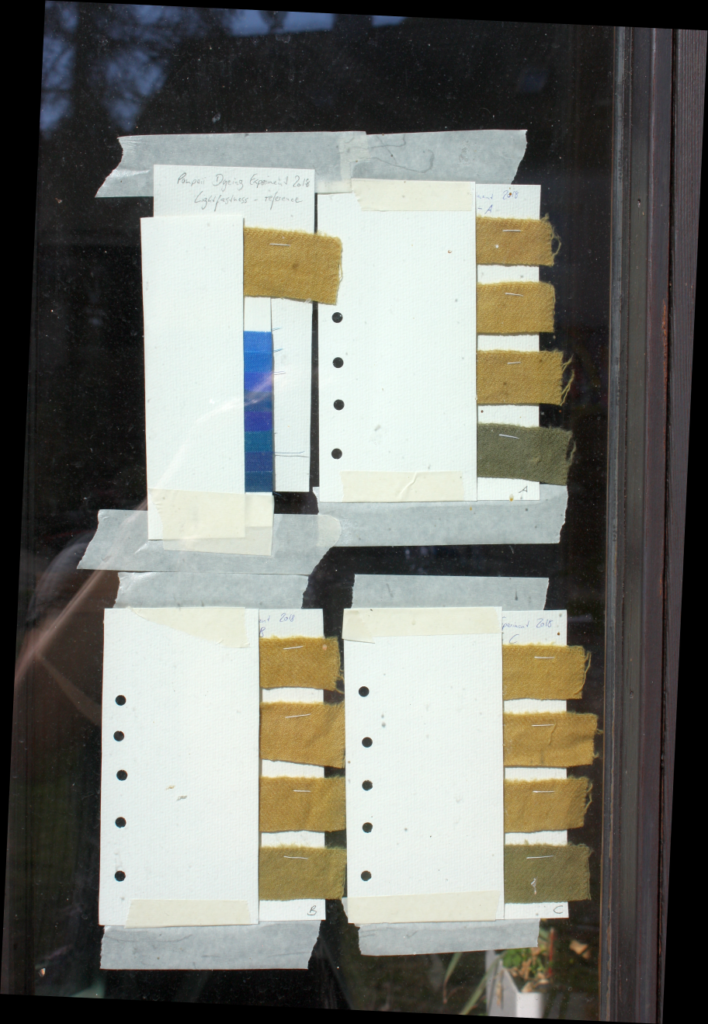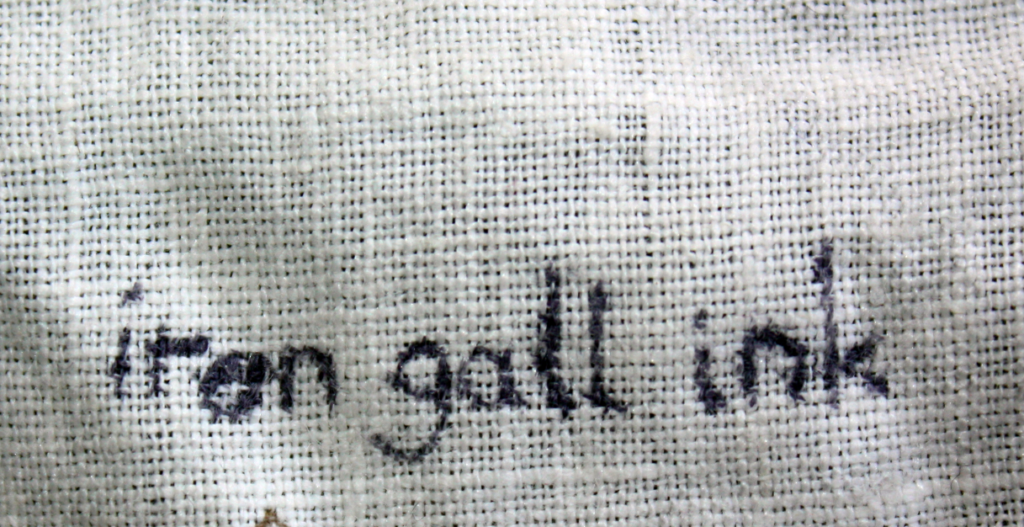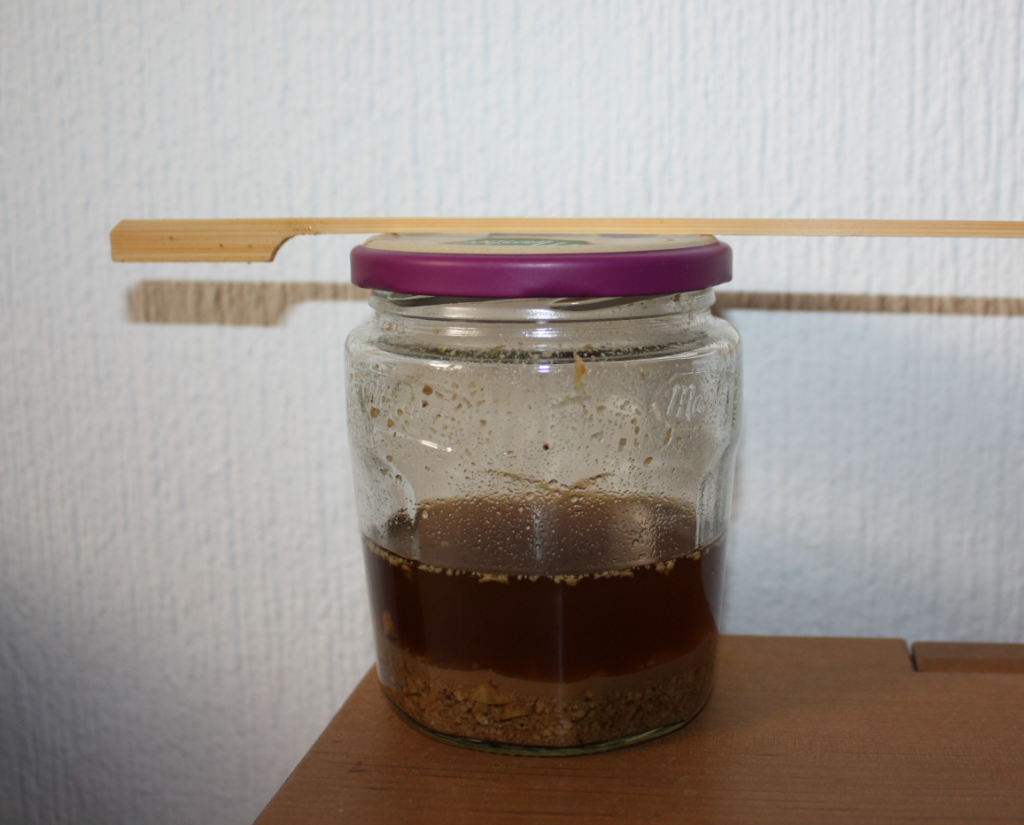There's something new in the shop - I have finally found someone to make some more copies of the weaving knife found in Dublin, DW80. It was found near Christchurch Cathedral, in unknown context, but is probably Early Medieval/Viking age.
They arrived looking like this:

It's beech, walnut, Zwetschge (a kind of plum) and ash wood; and of course I promptly went ahead and applied some linseed oil and sat the blades in the sun so the oil could soak in nicely.

The wood looks even more gorgeous with the added depths of colour and the shine it has. Linseed oil will harden by an oxidation process, protecting the wood.
These versions have the form of DW80 without the embellishments, by the way - but the functionality is the same as in the original. I've used (and had other people try) this form, and it is wonderful. The pointy tip can be used to pick out individual threads, or to single out a troublesome tablet, or to clear the shed. The main thing, though, is the form of the blade: its curve allows the weaver to gently yet firmly press the previous shed into place.
Yes, it's usually called "beating in the weft", and that is what a lot of people do when tablet-weaving. When you have a full-size standard horizontal loom, the motion to settle the weft is indeed beating. The type of loom makes this a sensible and efficient way of doing the task at hand.
Of course you can use a similar sharp beating motion to settle your weft on a band, but there are distinct disadvantages to this. One of them: You will need a lot of space between your tablets or your heddle to build up speed for your beating implement before it hits the fell. At least I do - otherwise, my beating is not hard enough to really get the previous weft packed in tightly. You also need to hit with the beating implement exactly parallel to
the fell, or you will end up with uneven weaving. The main reason against real beating in my opinion, though, is that you will put a lot of strain on your tensioning spots and/or knots. With both tablet and rigid heddle weaving, I find that finding the correct tension is one of the key points that will make your weaving go from "okay" to "smooth going with excellent results". Tension has an influence on the width of the band, the elongation of the motifs, and the ease of changing sheds. Fiddling with tension, to arrive at that point sometimes means working with very, very delicate adjustments, held by knots that will sit tight where they are... unless there are sudden, strong changes in the tension on these knots. Which is exactly what happens when you beat in the weft.
So I much prefer to press in the weft; I can even hold the band with one hand to build up counter-pressure if I want to press very strongly, using the weaving blade with the other hand. The curved shape allows me to use a kind of rocking or rolling motion across the fell, exerting pressure in a small spot at a time, so I can make sure that the fell is completely straight. No sharp, short motions, but a nice, quiet, gentle flowing move that fits in very well with my general style of movement when weaving.
In case you are curious enough now to want one of your own: Here is the shop link!






 Sludge left, ink right...
Sludge left, ink right... The ink test on fabric...
The ink test on fabric...




